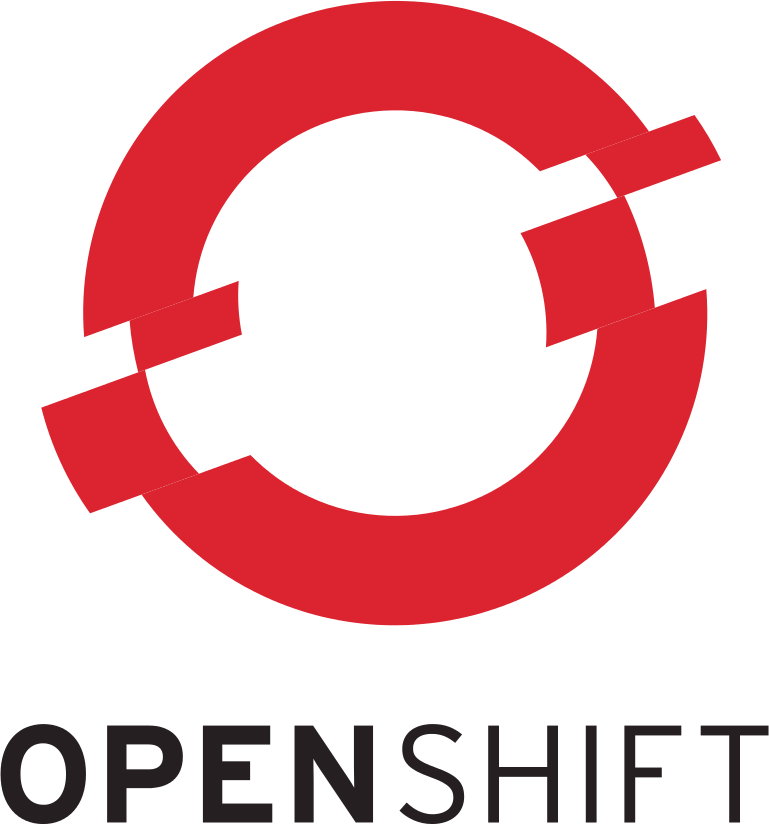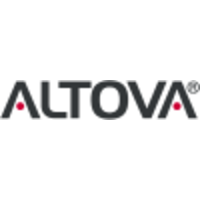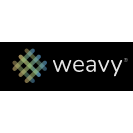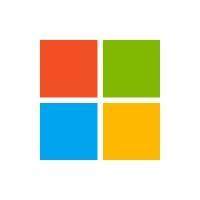
OpenShift
OpenShift is an advanced application development platform that streamlines the entire application lifecycle, enabling organizations to build, modernize, and deploy applications efficiently. It offers a robust set of tools and services across hybrid cloud environments, supporting both traditional and cloud-native workloads, while facilitating automation and collaboration among development, operations, and security teams.
Top OpenShift Alternatives
Altova MissionKit
Altova MissionKit offers a powerful suite of seven integrated tools designed for XML, JSON, SQL, and UML development.
Corona SDK
Corona SDK is a free, cross-platform framework that empowers developers to create dynamic games and applications for mobile and desktop systems.
Apptopia
Apptopia provides precise demographic segmentation and granular usage insights, enabling businesses to identify top-performing creatives and strategies.
Xamarin Test Cloud
Xamarin Test Cloud facilitates testing of cross-platform mobile applications, enabling developers to ensure compatibility across various devices.
TARA ai
Designed for modern software teams, Tara AI revolutionizes the product development lifecycle by streamlining project scoping and execution.
Flipboard FLEX
It provides developers with a dynamic toolbar that enables real-time viewing and modification of application...
Weavy
Users can easily embed chat, activity feeds, and document syncing features, leveraging models like OpenAI...
Azure SignalR Service
As a fully managed service, it automatically handles hosting, scalability, and load balancing...
Tapcart
With a user-friendly drag-and-drop editor, unlimited push notifications, and advanced analytics, businesses can enhance customer...
Thunkable
Its user-friendly drag-and-drop interface, extensive component library, and logic blocks enable rapid prototyping and intuitive...
HeadSpin
With thousands of SIM-enabled devices across 100+ locations, it eliminates emulation, offering genuine testing under...
Stencyl
Its intuitive interface and robust features streamline the game creation process, making it accessible for...
IBM CICS
It supports various programming languages, enabling seamless integration and modernization of existing systems...
Apache Velocity
By facilitating collaboration under the Model-View-Controller (MVC) framework, it enables designers to focus on aesthetics...
OpenShift Review and Overview
Some of the popular OSs in modern times are Windows, Mac, Android, Linux, etc. Each of the OS follows a preset OS architecture that allows its proper functioning. There are many models or paradigm of such OS.
Among them, we have one of the Containerization Software, called OpenShift. RedHat developed it in 2011 and later announced it as open-source in 2012. The software is for an OS-level Virtualization. It has core isolated user-space instances like containers, zones, virtual private servers, partitions, virtual environment & kernels, and jails.
It uses Kubernetes for container technology. Based on the container version, the features are increased accordingly. Users can utilize languages like Java, PHP, Python, etc. to write applications with it. No wonder it is popularly known as Red Hats’ PaaS, i.e., Platform as a Service. The current version in OpenShift v4. It is being used in 1000+ organizations and is the world’s leading hybrid cloud, Kubernetes Application platform. It can incorporate either physical, virtual, private, or public infrastructure.
OpenShift Container Platform
Formerly called OpenShift Enterprise, it is a PaaS product managed using Kubernetes, based on Red Hat’s Linux. The four key features it includes are Kubernetes support, automated operations, hybrid cloud, and developer productivity. It even supports trusted security checks, built-in monitoring, ecosystem integration, centralized policy management, and CNCF Certified Kubernetes. These features ensure full compatibility, security, and inter-operability.
OpenShift Dedicated
Unlike the above, OpenShift Dedicated is a Kubernetes Cluster, which is being managed by Amazon Web Services. Since 2016, it is also operational via Google Cloud Platform and Microsoft Azure. It uses virtual private cloud, and flexible authentications like OpenID Connect, LDAP, etc.
Microsoft Azure OpenShift
As the name suggests, this service is fully managed on Microsoft Azure. The clusters are provided in Microsoft Azure itself. It is under joint development by Microsoft and Red Hat. It is a single-tenant service and is highly customizable based on the requirements.
OpenShift Online
Unlike the above services, it is for cloud hosting and application deployment. Most of its features are self-service. Users can pick their tools, languages, container images, templates, etc. This can help developers build and deploy their own application runtime and frameworks in one click. It offers free, as well as a paid version. The former includes project collaborations, custom domains, schedules jobs, and up to 10 projects.
Conclusion
It is aimed mainly for learning and educational purposes. Inactive accounts are flushed periodically. Overall, OpenShift has maintained its standards as a Red Hat Product. Based on the requirements, the plans are varied, and all of them offer sleek services and a secure development environment.
Top OpenShift Features
- Fully managed cloud options
- Jointly supported by major cloud providers
- Granular infrastructure control
- Comprehensive application lifecycle management
- Streamlined virtual machine support
- Integrated AI and machine learning support
- Pay-as-you-go application platform
- Complete set of developer tools
- Scenario-based training environments
- Self-service cluster provisioning
- Edge computing capabilities
- Trusted by Fortune 500 companies
- Automation with Ansible integration
- Flexible deployment options
- Consistent user experience across environments
- Reduced operational costs
- Enterprise-grade security features
- Rapid application scaling
- Hands-on training experiences
- Cloud-native approach to VMs














